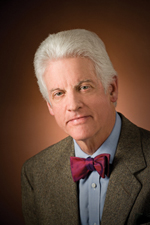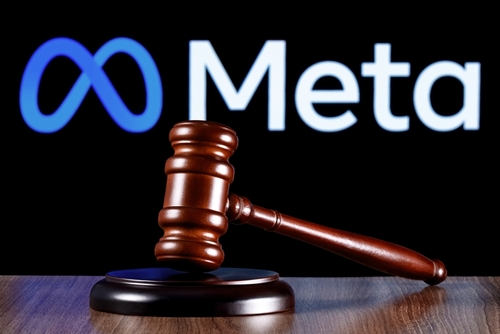The Broad Reach of the Unsung ABA

Bill Neukom.
Photo by Kevin Gruff
The American Bar Association is a large organization that does many things. We have 415,000 members; 84 standing and special committees; 34 sections, divisions and forums; almost 1,000 staff in Chicago, Washington, D.C., and developing countries around the world; and an annual budget of about $200 million. Even the most active members cannot keep track of the seemingly endless list of important work the ABA does.
In part because the ABA is so vast, many of us get involved only in those parts of the association that best match our interests or practice. Our participation in certain sections, divisions, forums and committees enriches us as lawyers and as individuals. We benefit from continuing legal education, publications and chances to network with our peers. We also gain from the broadening experience of performing public service, addressing issues facing our profession, and learning about people and places outside of our respective communities.
But our individual focus on certain areas of the ABA can obscure the breadth of our association’s activities. We must remind ourselves of the full range of the ABA’s work, especially the work that affects the public and shapes public perceptions of the ABA.
The Standing Committee on the Federal Judiciary performs one of the most important external functions of the ABA. It helps assure high-quality federal judges by evaluating nominees on the basis of integrity, professional competence and judicial temperament. The committee is made up of ABA members, but association officers and policymakers have no role in the committee’s evaluations. Committee members perform a confidential peer review, a thorough examination of a nominee’s legal writing and other research to determine whether a nominee is qualified to be a federal judge.
The Section of Legal Education and Admissions to the Bar plays another vital external role: maintaining the quality of legal education in the United States. The section is recognized by the U.S. Department of Education as the official accrediting body of American law schools. As such, the section makes sure all approved law schools meet certain minimum standards. This accreditation role helps assure that the next generation of lawyers will meet the needs of legal employers. More important, it protects consumers of legal services by helping to produce competent and ethical lawyers.
SETTING STANDARDS
The ABA also has a long history of developing codes, standards and rules that benefit the public. The Model Rules of Professional Conduct and the Model Code of Judicial Conduct encourage and facilitate ethical behavior by judges and lawyers, which protects all participants in the justice system. Other standards—such as the ABA Criminal Justice Standards and the Principles of a State System for the Delivery of Civil Legal Aid—safeguard due process rights, including access to competent counsel.
ABA technical legal assistance programs help government agencies and other law-related entities that serve the public. The State Court Assessment Project works with state judiciaries to improve the administration of justice, and other initiatives assist public defender systems and pro bono programs in providing legal aid to poor people in criminal and civil cases. Abroad, the ABA provides a wide range of technical legal assistance to developing countries through its Rule of Law Initiative.
The ABA’s most visible work might be its public advocacy. Association members develop policy on a wide range of issues affecting the profession and the public, and the ABA advances these policies on Capitol Hill, in state capitals and in public discourse.
Through its advocacy, the ABA influences policy outcomes and helps shape debate about issues that affect our communities. This work helps advance the rule of law and is one of the primary ways the ABA defends liberty and delivers justice.



